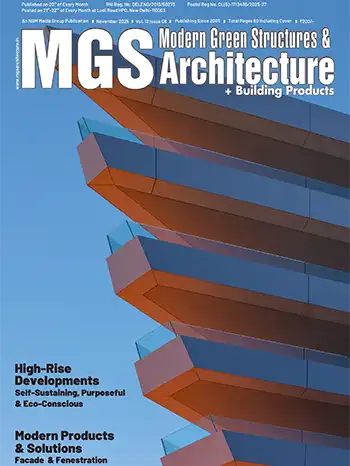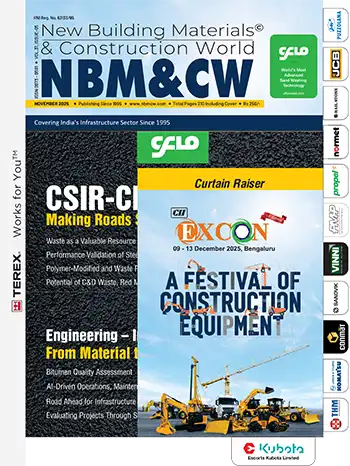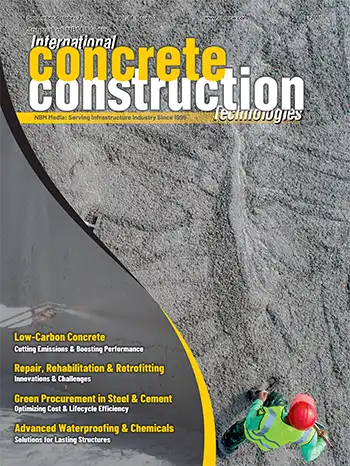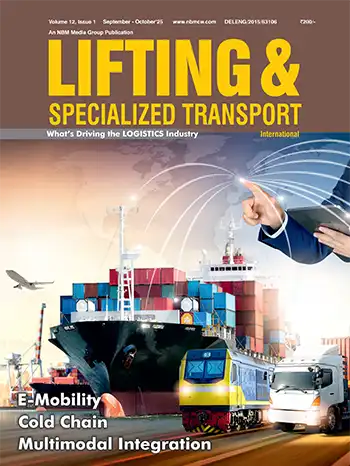Manish Mehan, CEO & MD, TK Elevator (India)
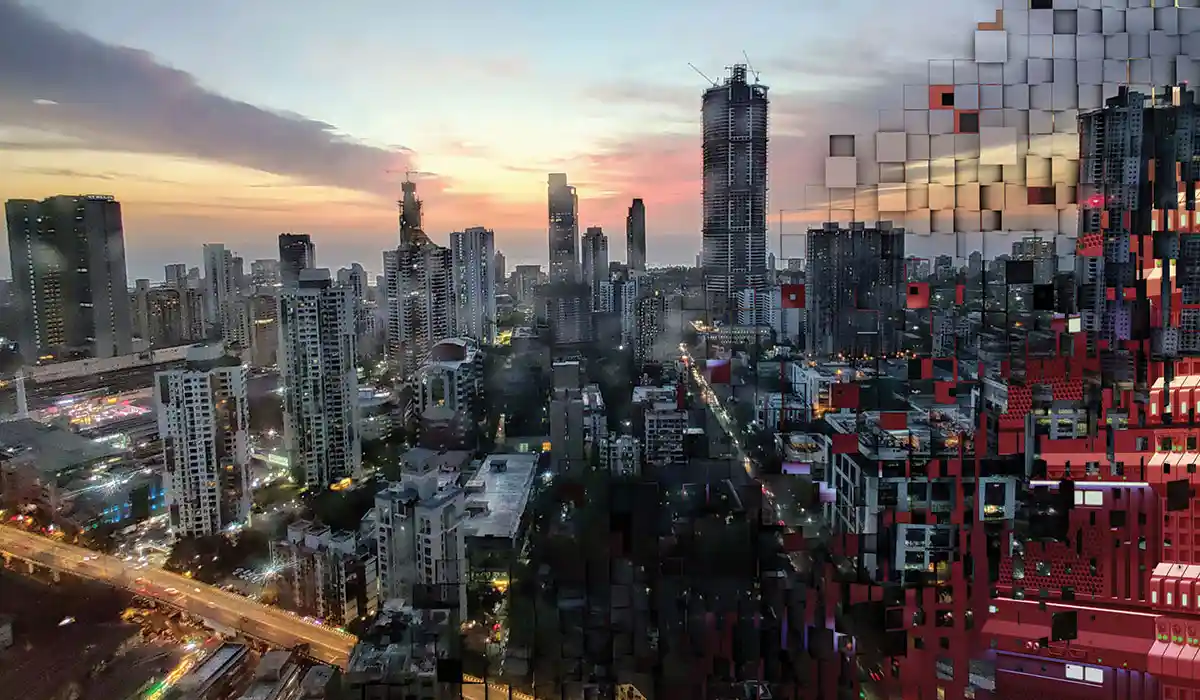
In recent years, elevators have been undergoing consistent innovations and upgrading, be it in terms of technology, design, or user-friendliness - which elevator companies around the world are putting efforts to develop.
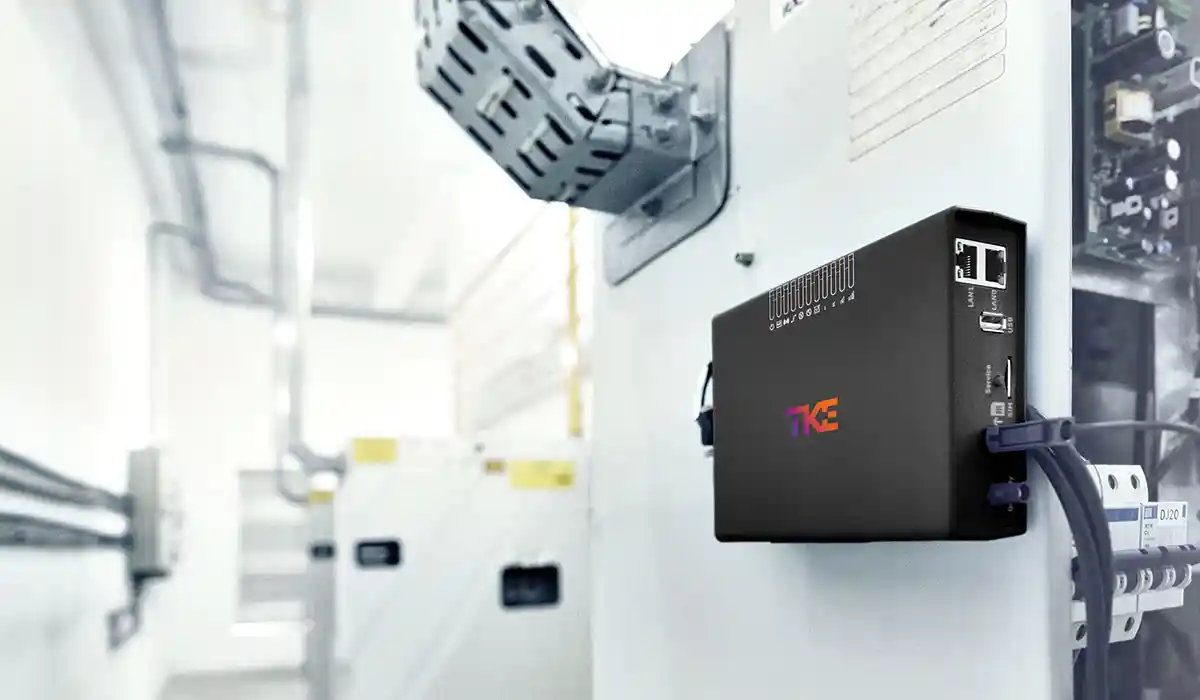
Significant Innovations
Digital transformation in elevators has led to the following noticeable advancements:
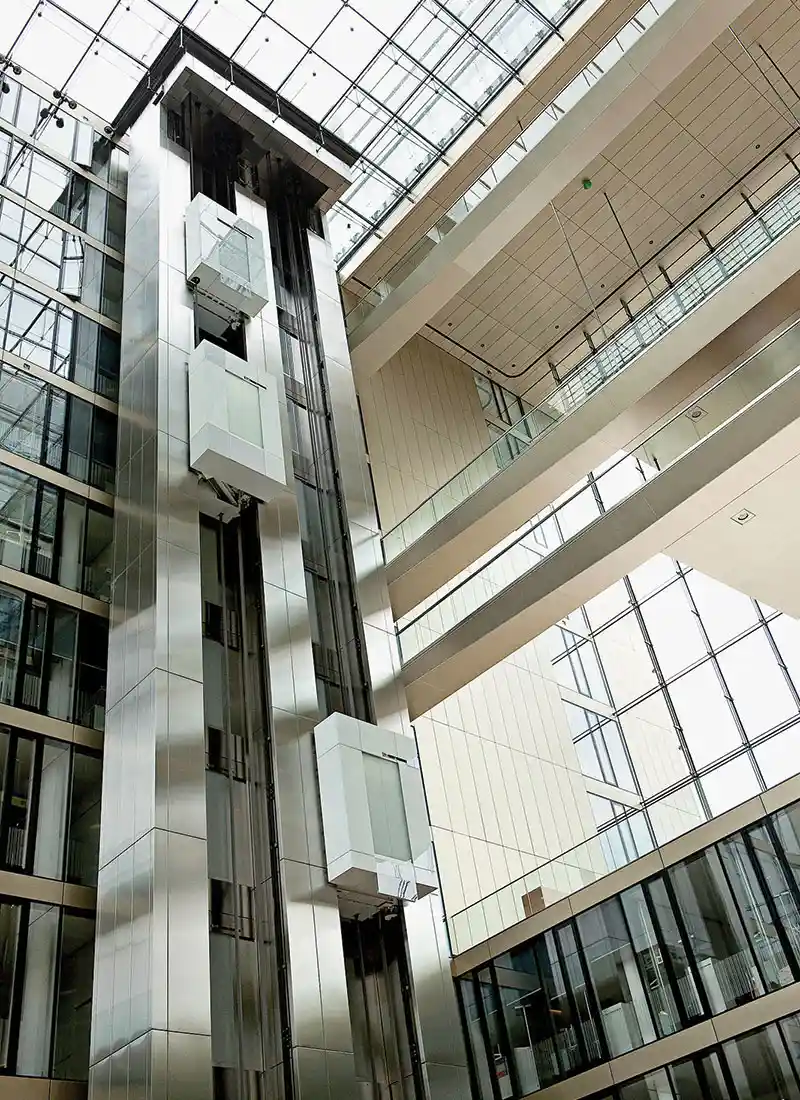
- Smart elevators (IoT-based) that can monitor performance, make real-time maintenance decisions, provide updated status, advance reporting, control, and monitor the elevator remotely. For instance, TKE’s ‘MAX’ is a game-changing, predictive and pre-emptive maintenance solution that extends remote monitoring capabilities to dramatically increase the availability levels of existing and new elevators. Utilizing the power of Microsoft Azure Internet of Things (IoT) technology, MAX predicts maintenance issues before they occur, and empowers elevator engineers by flagging the need to replace components and systems before the end of their lifecycle.
- In the machine room-less technology, the MRL elevators use a gearless traction machine located in the hoist-way, moving the cab through the hoistway.
- Rope-less elevator such as MULTI (world’s first rope-free elevator invented by TKE) has multiple cars moving in a single shaft vertically and horizontally, which reduces the required space for elevator shafts, while increasing passenger throughput.
- MULTI is set to revolutionize tall building construction. With MULTI’s rope-free system, architects and developers are no longer restricted in their designs by concerns about elevator shaft height and vertical alignment. In fact, MULTI opens the door to design possibilities in all directions.
- TK Elevator’s TWIN elevator system consists of two cabs that operate in the same shaft independently of each other. Both cabs operate under the same intelligent group control system and are equipped with an innovative quadruple redundancy safety system. This system uses less energy while transporting more passengers than conventional elevators.
- Likewise, TK Elevator’s AGILE Destination Selection Control (DSC) improves system efficiency and passenger experience by effectively shortening wait and travel times. Compared to conventional elevator control systems, the AGILE DSC increases passenger handling capacity by up to 30%, minimizes passengers’ travel times to their destination and reduces crowding in lift lobbies. DSC also allows for much more flexibility in elevator grouping, lift core layouts, and overall building design.
- Sheer speed elevators that can manage to go from the ground floor to the top floor within minutes - be it one of the tallest buildings in the world.
- Transit management solutions for elevators that optimize travel time and make the elevator more user-friendly and sustainable.
- AI elevators that can provide real-time insights, productive maintenance, and enable communication in elevators.
Benefits of Green Elevators
Studies show that green elevators, eco-friendly designs, and machine room-less elevators have provided a broader range of possibilities in the elevator industry’s growth. Technologies like transit management solutions, that optimize travel time in buildings make them more user-friendly, flexible, and sustainable. Smart elevators that have connectivity to the user or the monitor ensure the safety and convenience of the elevator. Machine room-less technology, the MRL elevators are likely to use up to 80% less energy than hydraulic lifts without oil-filled underground cylinders’ outlay and environmental hazards. Furthermore, the regenerative elevators don’t just consume less energy but regenerate electricity and reverse it back to the building’s electrical system.
Elevator trends have been improvising unfailingly, but what is the future requirements for elevators? The answer is green, energy-efficient elevators that are based on technologies and designs that are sustainable and consume less energy.
Manish Mehan
Green elevators come with improved control features. There is usually a difference between the elevator’s weight capacity and the counterweight. Green elevator technology’s primary goal is to shorten these light loads through precision traffic control, management of interior lighting, and other energy-burning factors.












